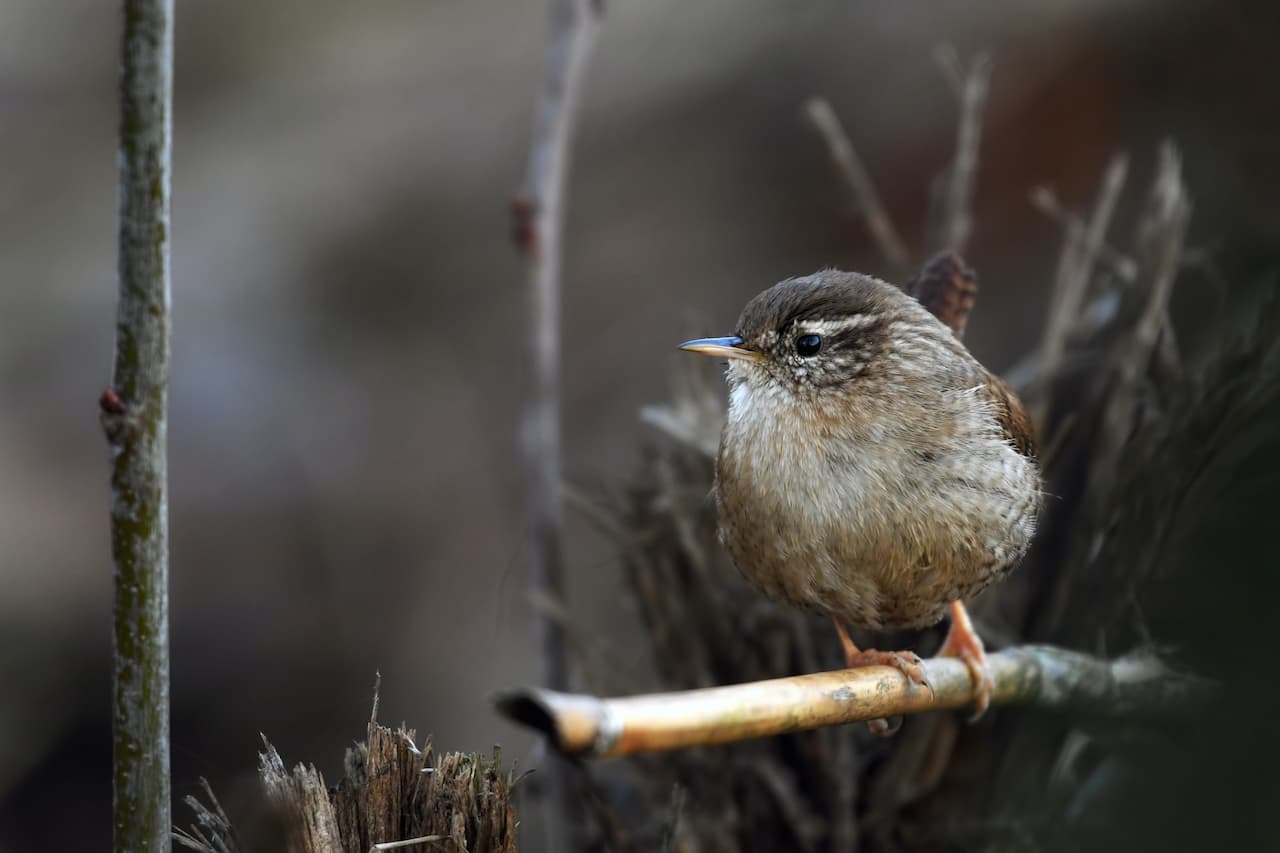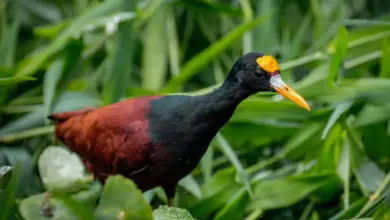Andean Snipes (Gallinago jamesoni)
The Andean Snipes, Gallinago jamesoni, is a small stocky wader. It breeds in the Andes in Bolivia, Colombia, Ecuador, Peru and Venezuela. It appears to be entirely sedentary, with no evidence for migration.
It is sometimes considered conspecific (of, or belonging to, the same species) with the Fuegian Snipe, Gallinago stricklandii, which is also known as the Cordilleran Snipe. The scientific name of the Andean Snipe commemorates the Scottish naturalist and mineralogist, Robert Jameson.
Description
This 30-32 cm long snipe has a stocky body and relatively short legs for a wader. Its upperparts, head, and neck are streaked and patterned with warm brown and buff, and gold edges to the feathers form lines down its back, which are not as sharply defined as in most snipe species.
The belly is white with brown barring. The horn-colored bill is long, straight and fairly robust. The legs and feet are yellowish-green. Males and females look alike, and immatures differ only in showing pale fringes on the wing coverts.
The Andean Snipes makes a whee-tschwu call in its display flight. Compared with other snipe with an overlapping range, Andean Snipe is obviously larger, with a heavy woodcock-like flight on broad wings which lack a white trailing edge.
On the ground, it lacks the clear pale stripes of its smaller relatives. Furthermore, the race of the Magellan Snipe which occurs in the Andes, Gallinago paraguiaiae andina, has yellow legs.
Behavior
The Andean Snipes is found in marshy areas where grassland and forest intergrade, at altitudes ranging between 2,100 – 3,800 m (mostly 3000-3500 m). Little is known of its behavior, but it has an aerial display, which involves flying high in circles, followed by a dive during which the bird makes a muffled bellowing sound, caused by vibrations of its modified outer tail feathers.
The Andean Snipes forages by pushing its long bill deep into the mud seeking insects and worms. Its cryptic plumage provides effective camouflage when the bird stands motionless amongst marsh vegetation.
Status
The Andean Snipe has a large range, with an estimated extent of 260,000 km², but the population size is unknown. It is probably not rare, but is well concealed by its cryptic plumage and habitat, and difficult to flush. It is usually only seen on its display flight.
Beauty Of Birds strives to maintain accurate and up-to-date information; however, mistakes do happen. If you would like to correct or update any of the information, please contact us. THANK YOU!!!



